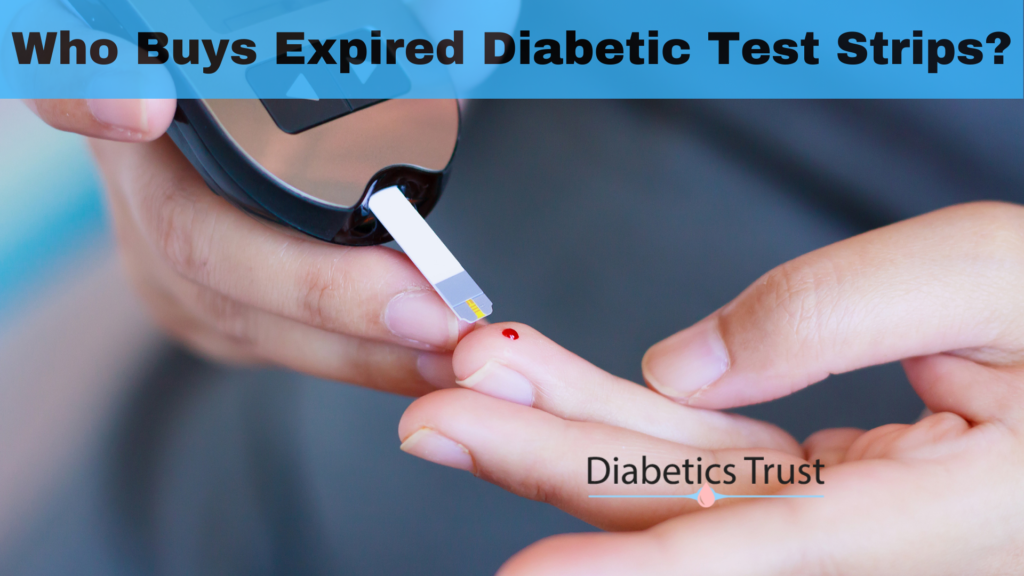As we walk through life, we meet countless people, each with their unique stories. Let’s take a moment to know about Sam, a jovial guy from Austin, Texas. Sam loved his barbeque, and his cowboy boots, and lived life Texas-sized, until one day, he started noticing unusual changes in his skin. His story is our guiding star today, as we find out more information about the world of skin conditions as potential signs of diabetes.
Sam was a healthy, active individual who never thought twice about his occasional indulgences in the sweet stuff. However, a persistent rash on his neck, which later was diagnosed as acanthosis nigricans, became the wake-up call he needed.
Acanthosis nigricans, a condition characterized by dark, velvety patches on the skin, is often associated with insulin resistance – a prime suspect in the onset of Type 2 diabetes. The good folks at the American Diabetes Association have often highlighted this skin condition as a potential red flag.
In addition to acanthosis nigricans, diabetes can manifest itself through a variety of skin conditions. Let’s take a brief tour of these warning signs as we continue our journey with Sam.
Another skin condition related to diabetes is diabetic dermopathy, colloquially known as “shin spots.” These are light brown, scaly patches that often appear on the front of the legs. Sam spotted these on his shins, making him increasingly concerned.
Next on the list is necrobiosis lipoidica diabeticorum (NLD), a condition where raised, shiny, reddish-brown patches appear on the skin. While relatively rare, NLD can be a pretty obvious sign of diabetes when it does occur.

Then there’s bullosis diabeticorum, or diabetic blisters. These are rare, painless blisters that typically appear on the hands, feet, and forearms. Even though Sam did not have these, it’s a notable sign of diabetes that you should be aware of.
With these skin conditions staring back at him, Sam took the bold step to consult a dermatologist. His decision could not have been more timely. After a series of tests, he was diagnosed with Type 2 Diabetes. The skin conditions, and his body’s SOS signals, had correctly indicated his underlying health issue.
While his diagnosis was a shock, Sam learned that diabetes, if managed well, doesn’t have to be a life sentence. He turned to resources like the Mayo Clinic and the American Diabetes Association, which equipped him with a wealth of knowledge about managing diabetes.
Sam’s diabetes management plan involved regular exercise, a balanced diet, and routine check-ups. He began to eat more whole foods, cutting back on processed meals and added sugars. He also started a routine of daily walks and regular strength training.
For his skin conditions, topical treatments helped lighten the dark patches of acanthosis nigricans. The shin spots from diabetic dermopathy became less noticeable over time with improved blood sugar control. He was lucky to not have NLD or diabetic blisters, but if he had, specific treatments and improved blood sugar control would have been the way to go, as suggested by numerous case studies.
Sam’s story shows us the importance of listening to our bodies, as they often tell us when something’s amiss. Skin conditions, while seemingly superficial, can be crucial indicators of underlying health issues like diabetes.
In Sam’s words, “Don’t ignore the little signs your body gives you. They might just be pointing to a larger issue. Take care of your body; it’s the only one you’ve got.”
Remember, early detection and management of diabetes can prevent more serious complications. Consult a healthcare provider if you notice.





